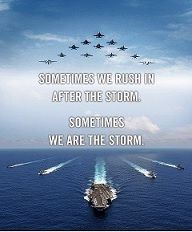Originally posted by 85 gt kid
View Post
However, if you are talking about filling manned spaces, that's another kettle of fish altogether. By far, the biggest problem with filling a space, let's say for argument, one of the fire rooms or engine rooms, is that everything electrical will be grounded, and useless until repaired or replaced. That is a very expensive proposition.



Comment